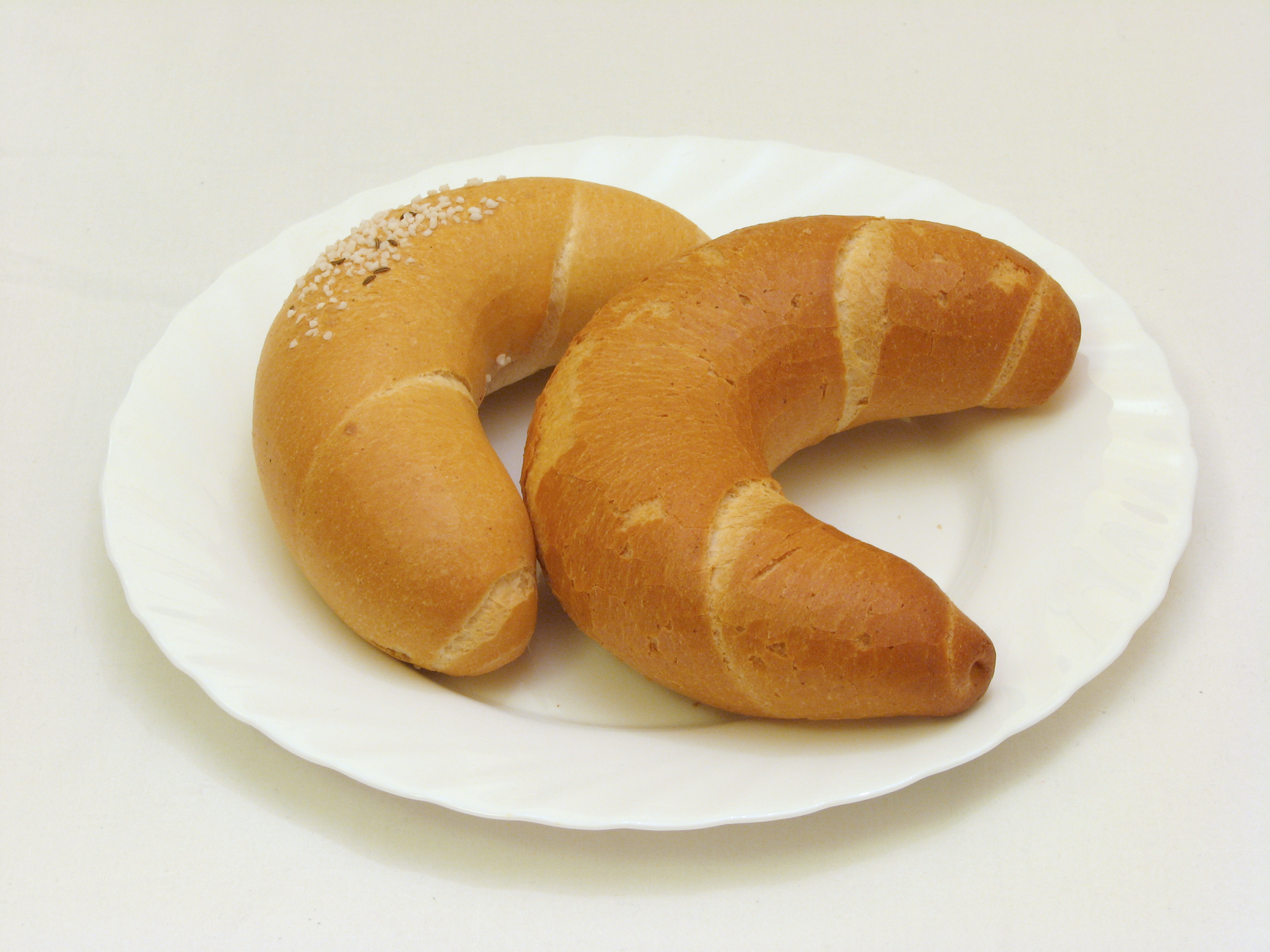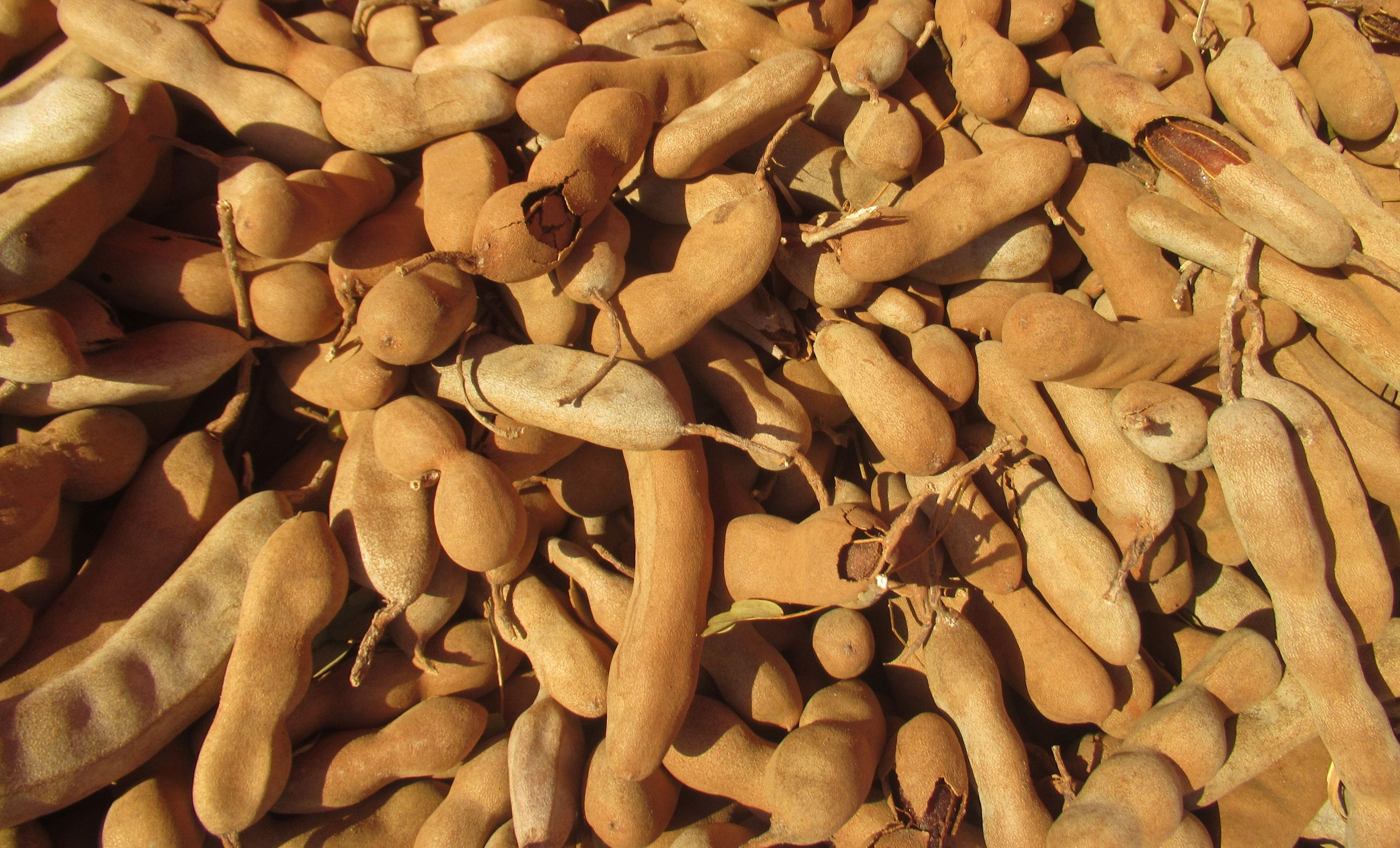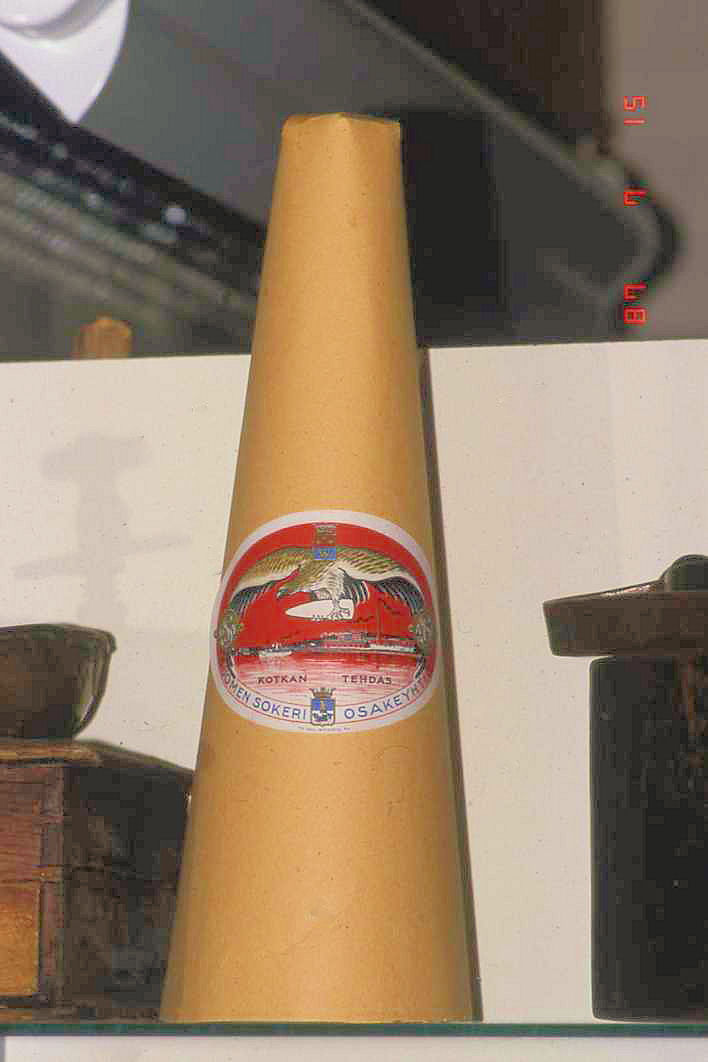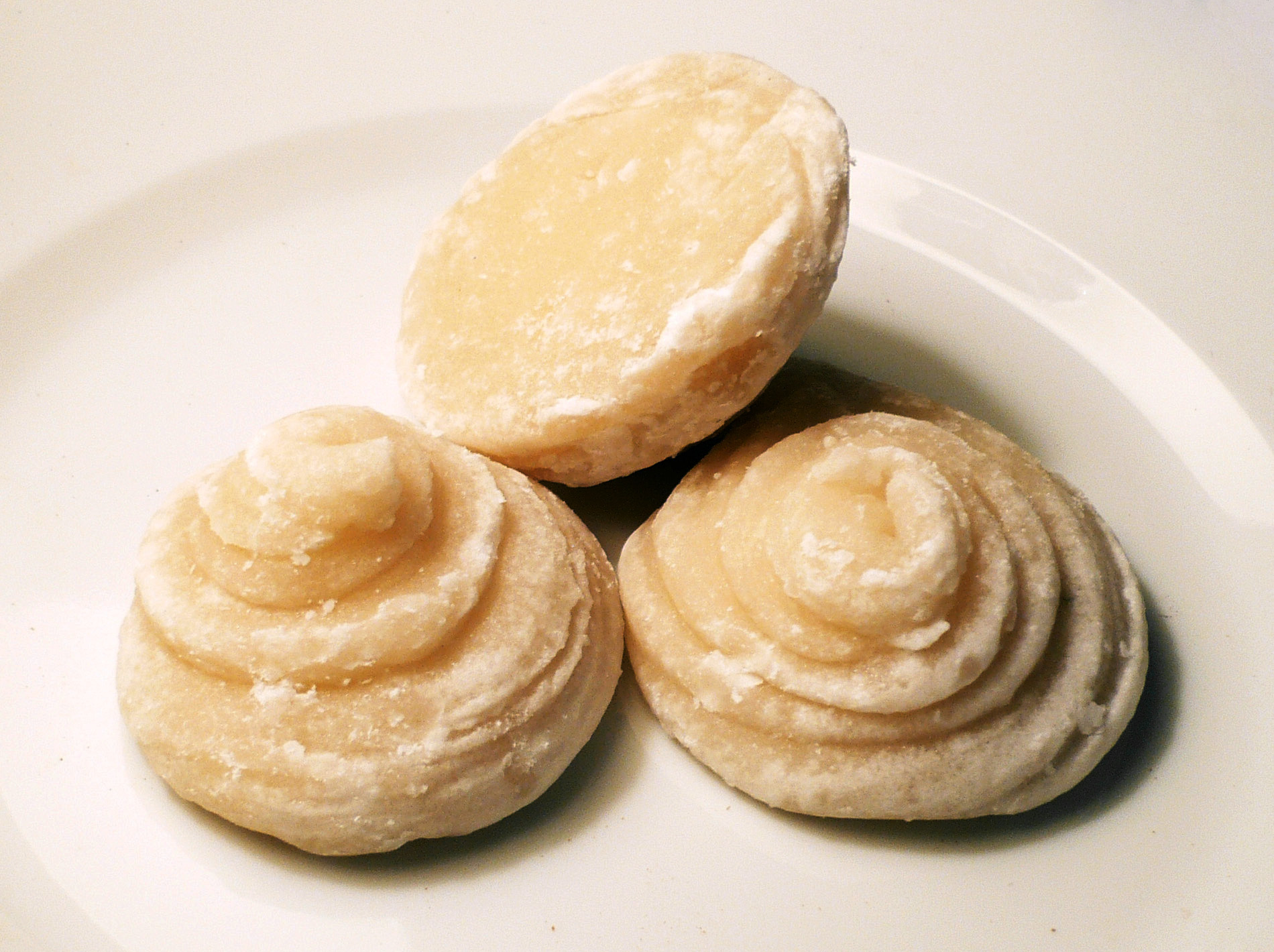|
Gordon Ramsay's Home Cooking
''Gordon Ramsay's Home Cooking'' is a British television programme which British chef, Gordon Ramsay Gordon James Ramsay (; born ) is a British celebrity chef, restaurateur, television presenter, and writer. His restaurant group, List of restaurants owned or operated by Gordon Ramsay, Gordon Ramsay Restaurants, was founded in 1997 and has ..., "teaches viewers how to cook simple, tasty, amazing food every day". It aired for a single season of 20 episodes on Channel 4 in October and November 2013. Unlike '' Gordon Ramsay's Ultimate Cookery Course'', the show's name implies his family getting involved, such as his wife Tana and daughter Tilly. Episode guide References External links * {{Gordon Ramsay 2013 British television series debuts 2013 British television series endings Channel 4 original programming British cooking television shows Television series by All3Media British English-language television shows ... [...More Info...] [...Related Items...] OR: [Wikipedia] [Google] [Baidu] |
Gordon Ramsay
Gordon James Ramsay (; born ) is a British celebrity chef, restaurateur, television presenter, and writer. His restaurant group, List of restaurants owned or operated by Gordon Ramsay, Gordon Ramsay Restaurants, was founded in 1997 and has been awarded 17 Michelin stars overall and currently holds eight. His signature restaurant, Restaurant Gordon Ramsay in Chelsea, London, which he founded, has held three Michelin stars since 2001 and is currently run by Chef Matt Abé. After rising to fame on the British television miniseries ''Boiling Point (miniseries), Boiling Point'' in 1999, Ramsay became one of the best-known and most influential chefs in the world. Ramsay's television persona is defined by his fiery temper, aggressive behaviour, strict demeanour, and frequent use of profanity, while making blunt, critical, and controversial comments, including insults and sardonic wisecracks about contestants and their cooking abilities. He combines activities in the television, fil ... [...More Info...] [...Related Items...] OR: [Wikipedia] [Google] [Baidu] |
Chickpea
The chickpea or chick pea (''Cicer arietinum'') is an annual plant, annual legume of the family (biology), family Fabaceae, subfamily Faboideae, cultivated for its edible seeds. Its different types are variously known as gram," Bengal gram, garbanzo, garbanzo bean, or Egyptian pea. It is one of the earliest cultivated legumes, the oldest archaeological evidence of which was found in Syria. Chickpeas are high in protein (nutrient), protein. The chickpea is a key ingredient in Mediterranean cuisine, Mediterranean and Middle Eastern cuisines, used in hummus, and, when soaked and coarsely ground with herbs and spices, then made into patties and fried, falafel. As an important part of Indian cuisine, it is used in salads, soups, stews, and curries. In 2023, India accounted for 75% of global chickpea production. Etymology Chickpeas have been cultivated for at least ten thousand years. Cultivation spread from the Fertile Crescent eastward toward South Asia and into Europe through th ... [...More Info...] [...Related Items...] OR: [Wikipedia] [Google] [Baidu] |
Black Soybean
The soybean, soy bean, or soya bean (''Glycine max'') is a species of legume native to East Asia, widely grown for its edible bean. Soy is a staple crop, the world's most grown legume, and an important animal feed. Soy is a key source of food, useful both for its protein and oil content. Soybean oil is widely used in cooking, as well as in industry. Traditional unfermented food uses of soybeans include edamame, as well as soy milk, from which tofu and tofu skin are made. Fermented soy foods include soy sauce, fermented bean paste, nattō, and tempeh. Fat-free (defatted) soybean meal is a significant and cheap source of protein for animal feeds and many packaged meals. For example, soybean products, such as textured vegetable protein (TVP), are ingredients in many meat and dairy substitutes. Soy based foods are traditionally associated with East Asian cuisines, and still constitute a major part of East Asian diets, but processed soy products are increasingly used in Western ... [...More Info...] [...Related Items...] OR: [Wikipedia] [Google] [Baidu] |
Croissant
A croissant (, ) is a French cuisine, French pastry in a crescent shape made from a laminated yeast dough similar to puff pastry. It is a buttery, flaky, ''viennoiserie'' pastry inspired by the shape of the Austrian cuisine, Austrian ''Kifli, kipferl'', but using the French yeast-leavened laminated dough. Croissants are named for their historical crescent shape. The dough is layered with butter, rolled and folded several times in succession, then rolled into a thin sheet, in a technique called laminated dough, laminating. The process results in a layered, flaky texture, similar to a puff pastry. Crescent-shaped breads have been made since the Renaissance, and crescent-shaped cakes possibly since Late antiquity, antiquity. The modern croissant was developed in the early 20th century, when France, French bakers replaced the brioche dough of the ''kipferl'' with a yeast-leavened laminated dough. In the late 1970s, the development of factory-made, frozen food, frozen, preformed bu ... [...More Info...] [...Related Items...] OR: [Wikipedia] [Google] [Baidu] |
Razor Clam
Razor clam is a common name for long, narrow, saltwater clams (which resemble a closed straight razor in shape), including: * Atlantic jackknife clam, ''Ensis leei'' (syn. ''Ensis directus'') * Gould's razor shell, ''Solen strictus'' * Pacific razor clam, ''Siliqua patula'' *'' Pinna bicolor'', a species of large saltwater clam in the family ''Pinnidae'' * Razor shell, ''Ensis magnus'' (syn ''Ensis arcuatus'') * Rosy razor clam, ''Solecurtus strigilatus'' *'' Siliqua alta'', the northern or Arctic razor clam *'' Siliqua costata'', Atlantic razor clam *'' Solen marginatus,'' the grooved razor shell *''Sinonovacula constricta ''Sinonovacula constricta'', the constricted tagelus, Chinese razor clam or Agemaki clam, is a commercially important species of bivalve native to the estuaries and mudflats of China and Japan. It is extensively aquafarmed in China and other cou ...'', the Chinese razor clam See also Jackknife clam {{Animal common name Mollusc common names ... [...More Info...] [...Related Items...] OR: [Wikipedia] [Google] [Baidu] |
Venus Clam
The Veneridae or venerids, common name: Venus clams, are a very large family of minute to large, saltwater clams, marine bivalve molluscs. Over 500 living species of venerid bivalves are known, most of which are edible, and many of which are exploited as food sources. Many of the most important edible species are commonly known (in the USA) simply as "clams". Venerids make up a significant proportion of the world fishery of edible bivalves. The family includes some species that are important commercially, such as (in the USA) the hard clam or quahog, ''Mercenaria mercenaria''. Taxonomy The classification within the family Veneridae has been controversial at least since the 1930s. Molecular approaches show that much of this traditional classification is unnatural. Some common species have been moved between genera (including genera in different subfamilies) because of repeated attempts to bring a more valid organization to the classification or taxonomy of the family, therefore ... [...More Info...] [...Related Items...] OR: [Wikipedia] [Google] [Baidu] |
Tamarind
Tamarind (''Tamarindus indica'') is a Legume, leguminous tree bearing edible fruit that is indigenous to tropical Africa and naturalized in Asia. The genus ''Tamarindus'' is monotypic taxon, monotypic, meaning that it contains only this species. It belongs to the family Fabaceae. The tamarind tree produces brown, pod-like fruits that contain a sweet, tangy pulp, which is used in cuisines around the world. The pulp is also used in traditional medicine and as a metal polish. The tree's wood can be used for woodworking and #Seed oil and kernel powder, tamarind seed oil can be extracted from the seeds. Tamarind's tender young leaves are used in Indian cuisine, Indian and Filipino cuisine. Because tamarind has multiple uses, it is cultivated around the world in Tropical zone, tropical and Subtropics, subtropical zones. Description The tamarind is a long-living, medium-growth tree, which attains a maximum crown (botany), crown height of . The crown has an irregular, vase-shape ... [...More Info...] [...Related Items...] OR: [Wikipedia] [Google] [Baidu] |
Lemongrass
''Cymbopogon'', also known as lemongrass, barbed wire grass, silky heads, oily heads, Cochin grass, Malabar grass, citronella grass or fever grass, is a genus of Asian, African, Australian, and tropical island plants in the grass family. Some species (particularly ''Cymbopogon citratus'') are commonly cultivated as culinary and medicinal herbs because of their scent, resembling that of lemons (''Citrus limon''). The name ''Cymbopogon'' derives from the Greek words (, 'boat') and (, 'beard') "which mean hatin most species, the hairy spikelets project from boat-shaped spathes." Lemongrass and its oil are believed to possess therapeutic properties. Uses Citronella grass ('' Cymbopogon nardus'' and ''Cymbopogon winterianus'') grow to about and have magenta-colored base stems. These species are used for the production of citronella oil, which is used in soaps, as an insect repellent (especially mosquitoes and houseflies) in insect sprays and candles, and aromatherapy. The princ ... [...More Info...] [...Related Items...] OR: [Wikipedia] [Google] [Baidu] |
Caster Sugar
Sucrose, a disaccharide, is a sugar composed of glucose and fructose subunits. It is produced naturally in plants and is the main constituent of white sugar. It has the molecular formula . For human consumption, sucrose is extracted and refined from either sugarcane or sugar beet. Sugar mills – typically located in tropical regions near where sugarcane is grown – crush the cane and produce raw sugar which is shipped to other factories for refining into pure sucrose. Sugar beet factories are located in temperate climates where the beet is grown, and process the beets directly into refined sugar. The sugar-refining process involves washing the raw sugar crystals before dissolving them into a sugar syrup which is filtered and then passed over carbon to remove any residual colour. The sugar syrup is then concentrated by boiling under a vacuum and crystallized as the final purification process to produce crystals of pure sucrose that are clear, odorless, and sweet. Sugar is often ... [...More Info...] [...Related Items...] OR: [Wikipedia] [Google] [Baidu] |
Palm Sugar
Palm sugar is a sweetener derived from any variety of palm tree. Palm sugar may be qualified by the type of palm, as in coconut palm sugar. While sugars from different palms may have slightly different compositions, all are processed similarly and can be used interchangeably. Types The predominant sources of palm sugar are the Palmyra, date, nipa, aren, and coconut palms. The Palmyra palm (''Borassus'' spp.) is grown in Africa, Asia, and New Guinea. The tree has many uses, such as thatching, hatmaking, timber, a writing material, and in food products. Palm sugar is produced from sap (toddy) from the flowers. There are two species of date palm that produce palm sugar: ''Phoenix dactylifera'' and '' P. sylvestris''. ''P. dactylifera'' is common in the Mediterranean and Middle East, while ''P. sylvestris'' is native to Asia, mainly Pakistan and India. Date palms are cultivated mainly for dates and palm sugar is made from the tree's sap. The nipa palm ('' Nypa fru ... [...More Info...] [...Related Items...] OR: [Wikipedia] [Google] [Baidu] |
Icing Sugar
Powdered sugar, also called confectioners' sugar and icing sugar, is a finely ground sugar produced by milling granulated sugar into a powdered state. It usually contains between 2% and 5% of an anti-caking agent—such as corn starch, potato starch or tricalcium phosphate—to absorb moisture, prevent clumping, and improve flow. Although most often produced in a factory, a proxy for powdered sugar can be made by processing ordinary granulated sugar in a coffee grinder, or by crushing it by hand in a mortar and pestle. Use Powdered sugar is used in industrial food production when a quick-dissolving sugar is required. Home cooks use it principally to make icing or frosting and other cake decorations. It is often dusted onto baked goods to add a subtle sweetness and delicate decoration. Powdered sugar is available in varying degrees of fineness, most commonly XXX, XXXX, and 10X: the greater the number of Xs, the finer the particles. The most commonly used powdered sugars are t ... [...More Info...] [...Related Items...] OR: [Wikipedia] [Google] [Baidu] |








